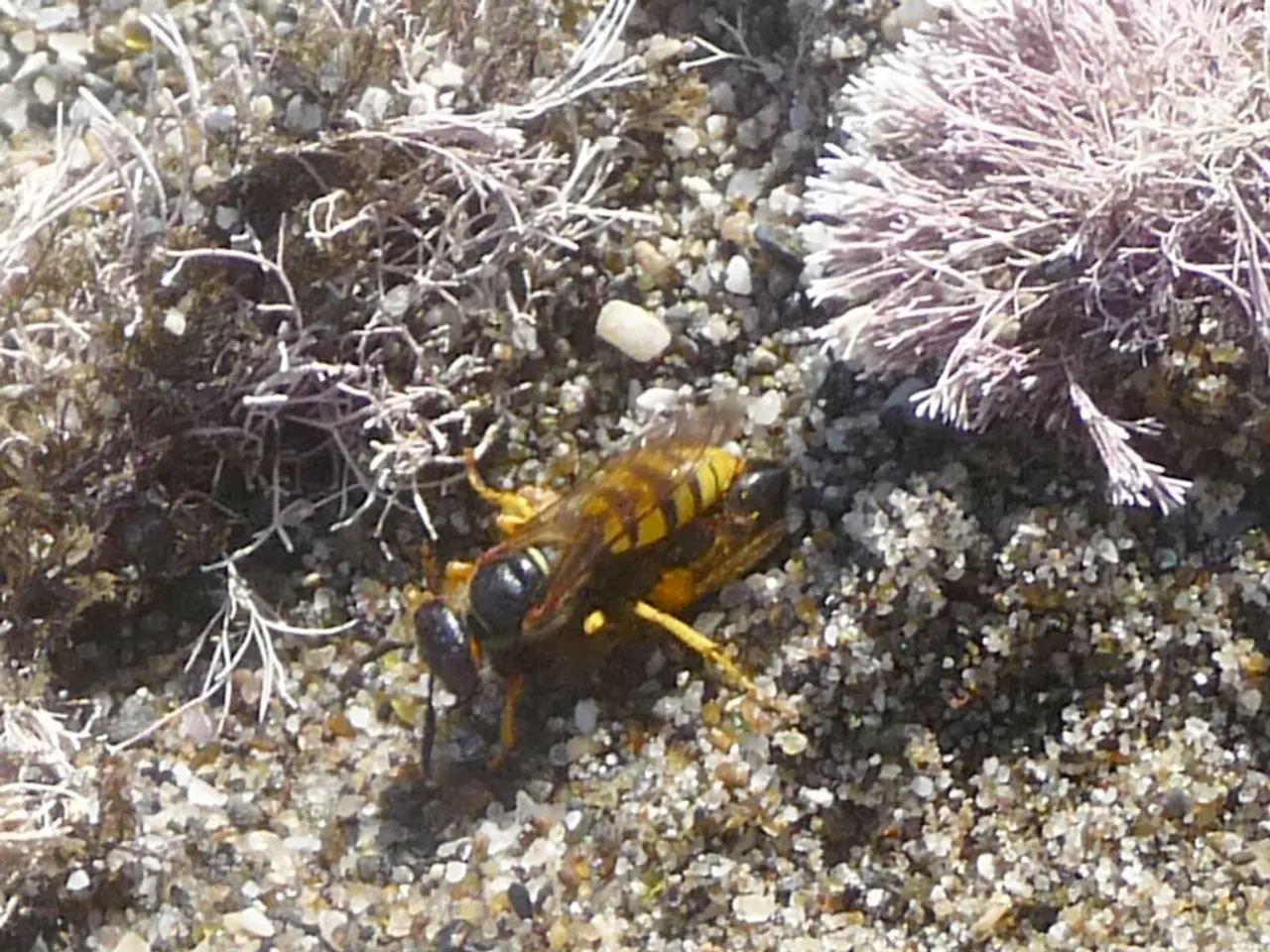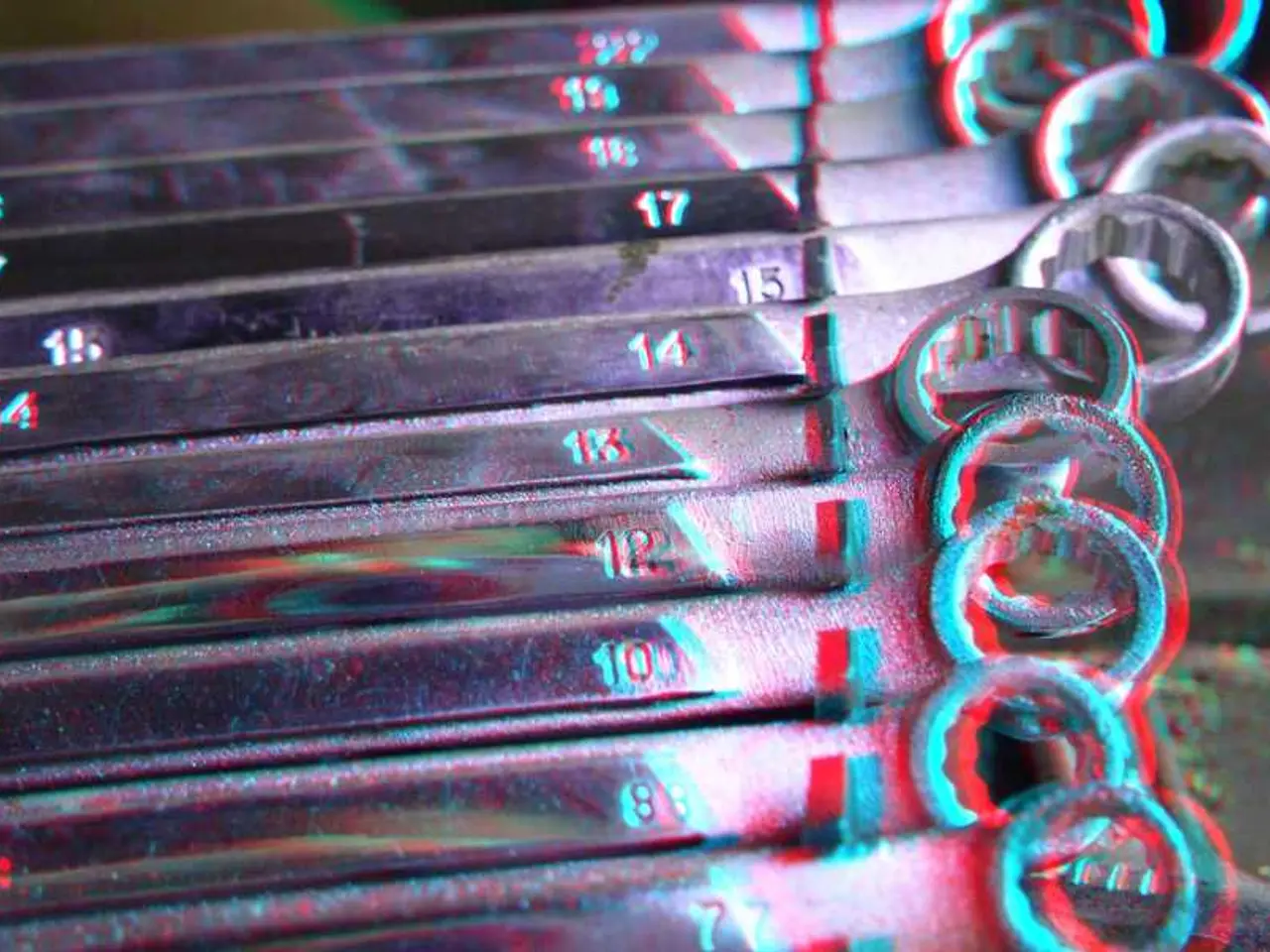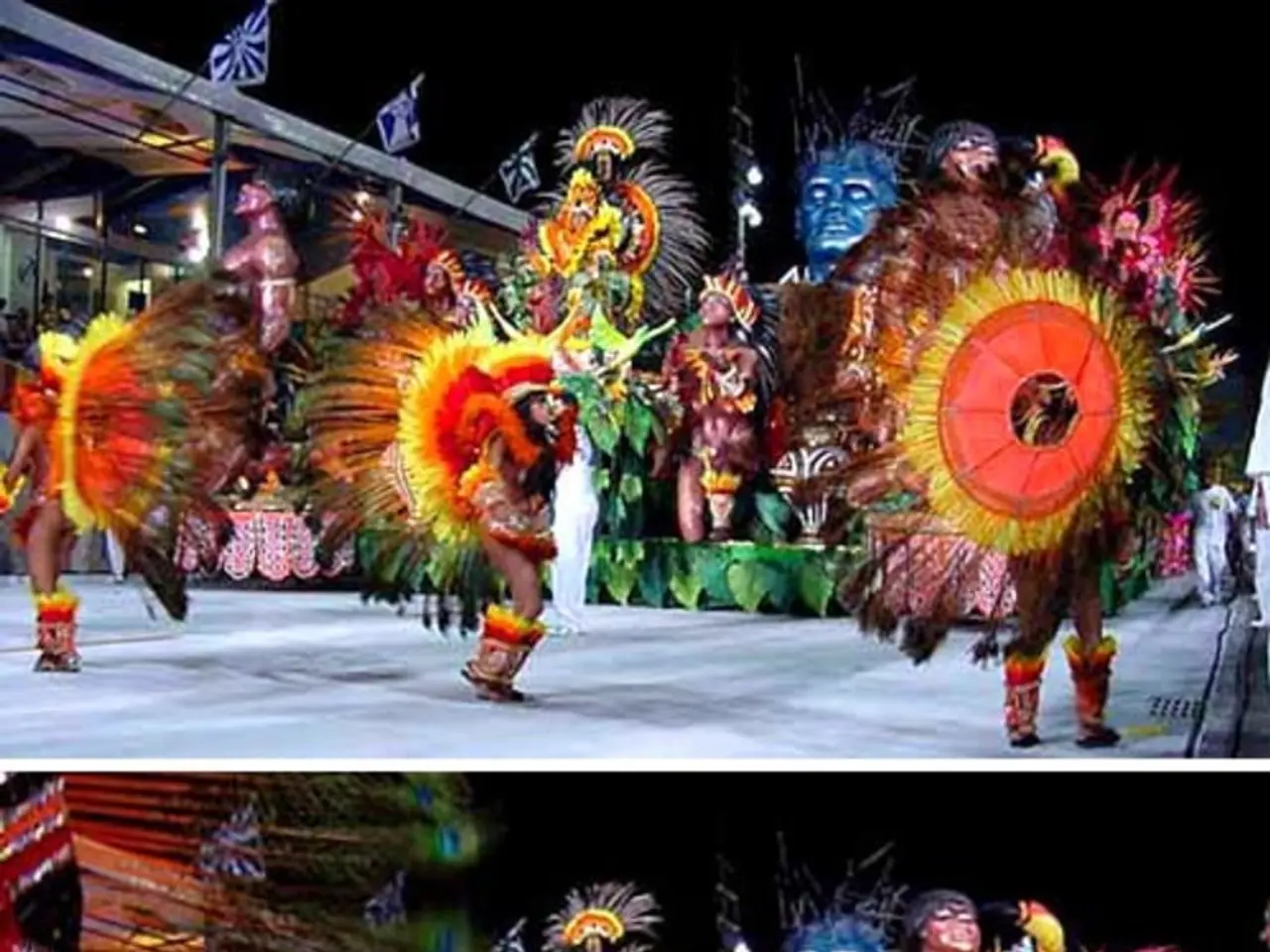Nuclear facility in the U.S. experiences radiation spike tenfold above safety standards due to wasp infestation
In a surprising turn of events, a radioactive wasp nest has been discovered at the Savannah River Site (SRS) in South Carolina, a facility more commonly known for its focus on manufacturing nuclear materials for power plants.
The source of the radiation in the wasp nest is believed to be residual "legacy radioactive contamination" left from decades of nuclear weapons production and storage of liquid nuclear waste on site. The nest was situated near tanks containing this liquid nuclear waste, and radiation levels in the nest were measured at more than ten times the federally allowed safe limit.
Despite the high levels of radiation, there is no indication of a leak from the waste tanks, according to a report by the Department of Energy. It appears the wasp nest became radioactive indirectly by coming into contact with contaminated materials or areas within the site rather than through an active leak.
The wasps that built the nest may have used either mud or plant fiber for nesting material. No wasps were found inside the nest when it was removed, and officials believe any wasps present would have had much lower levels of radiation compared to the nest itself.
The wasp nest was sprayed to kill the wasps and bagged as radiological waste. The ground and surrounding area did not have any contamination after the wasp nest was handled.
The discovery of the radioactive wasp nest has raised concerns. Tom Clements, the executive director of Savannah River Site Watch, expressed dissatisfaction with the report for failing to explain the source of the radiation and the possibility of more contaminated nests. He also expressed concern about the possibility of a leak from the waste tanks that the public should be aware of.
The type of wasp that built the nest could potentially point to the source of the contamination, but the report does not mention if the wasps were of a specific species.
It's important to note that the Savannah River Site has produced over 165 million gallons of liquid nuclear waste in its radioactive heyday, reduced to about 34 million gallons through evaporation. Currently, 43 underground tanks at the site are still in active use.
The wasp nest was discovered near F Tank Farm, a central location inside the Savannah River Site. The facility was previously involved in cooking up plutonium for bomb cores during the 1950s.
Despite the recent incident, the Department of Energy assures that the site is committed to maintaining the highest standards of safety and security. However, watchdog groups like Savannah River Site Watch continue to call for further investigation into the source of the contamination and the potential for more radioactive hazards.
[1] Aiken Standard, "Radioactive Wasp Nest Discovered at Savannah River Site," 15th April 2021. [2] Department of Energy Report, "Incident Report: Radioactive Wasp Nest at Savannah River Site," 16th April 2021.
- The discovery of a radioactive wasp nest at the Savannah River Site (SRS) has brought attention to the site's history of legacy radioactive contamination from nuclear weapons production.
- The SRS is known more for its focus on manufacturing nuclear materials for power plants, but recently, it has been a topic of discussion due to a radioactive wasp nest found nearby waste tanks.
- The wasp nest was situated near tanks containing liquid nuclear waste, and the radiation levels in the nest were measured at more than ten times the federally allowed safe limit.
- The discovery of the radioactive wasp nest has raised concerns, especially from watchdog groups like Savannah River Site Watch, who are pressing for further investigation into the source of the contamination and the potential for more radioactive hazards.
- The type of wasp that built the nest could potentially provide clues about the source of the contamination, but this information was not included in the report on the incident.
- The incident serves as a reminder that the SRS produced over 165 million gallons of liquid nuclear waste in its radioactive heyday, and currently, 43 underground tanks at the site are still in active use.
- The discovery of the radioactive wasp nest highlights the importance of maintaining the highest standards of safety and security, especially within the domain of science, technology, and education-and-self-development, where we rely on accurate information and careful regulation.




